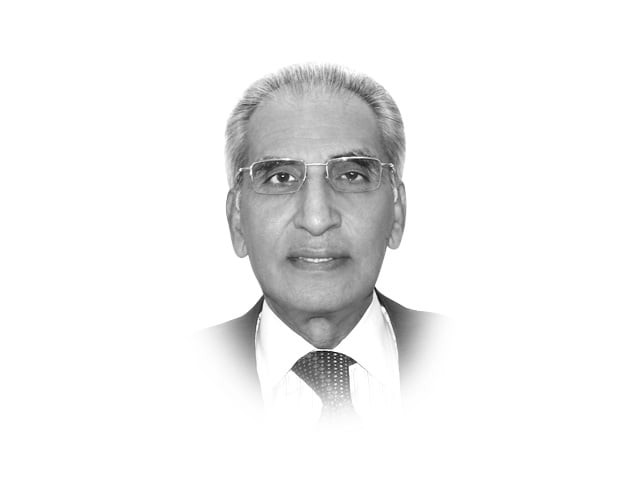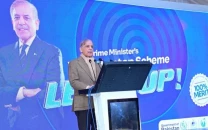Nature of US-India ties
In this context a recent piece by Ashley Tellis, analyst at the Carnegie Endowment, merits attention by policymakers.

Though both Delhi and Washington deny that their ties are directed against any country, the not-too-subtle subtext of their cooperation, hinting at China’s ‘threats’, has added to concerns that Sino-American rivalry could be impinging on peace and stability in the region; a development to which Pakistan cannot remain indifferent. In this context, a recent piece by Ashley Tellis, a well-known author and analyst at the Carnegie Endowment, merits special attention by policymakers, particularly as he is also credited with having used his lobbying abilities to promote the US-India civilian nuclear deal.
A strong admirer of president George Bush, who he credits with “conceiving the transformation of US-India relations”, he is also comfortable with Obama’s faithful adherence to this policy. Giving a lie to those who claim that this relationship has nothing to do with China, Tellis recalls that “Bush recognised that the US and India were both confronted by the rise of Chinese power — a development that could prove to be highly disruptive if it were not managed”. One way the US sought to achieve this was by “supporting those democratic states on China’s periphery whose growth in capabilities would serve as objective constraints on Beijing’s misuse of power”. In other words, America’s effort to enhance its ties with India was driven by “a grand strategic vision that transcended commercial considerations”. In return, India is actively cooperating with the US in “putting the myriad pieces in place to preserve the regional equilibrium that is critical to stability in Asia over the long-term”.
Though increasing cooperation with America on strategic issues continues to face opposition from influential circles in India, Prime Minister Manmohan Singh remains a strong supporter of US goals. Tellis is, however, confident that a new generation of Indians, galvanised by Americans of Indian origin, would be more appreciative of ‘a growing symbiosis between the two countries, as evident from India’s growing comfort level with American presence in Southeast Asia’.
What worries him, however, is American ability to sustain this policy over a period of time, without getting ‘distracted from its strategic objectives by its preoccupation with tactical goals’. This leads him to stress on America’s need to “keep the focus on nurturing the relationship with India”, which he calls “the grand prize for maintaining a balance of power that favours the US in Asia and not be distracted by the requirement to engage other powers, including India’s competitors, such as Pakistan and China”.
Not surprisingly, Tellis strongly advocates the need for the US to maintain its superpower status, primarily because he fears that “any substantive decay of American power would be fatal to the burgeoning US-India relations”. Moreover, he wants American strength “to support India’s rise in the manner necessary for the long-term success of the partnership” and to encourage India to “sustain this engagement against other competing attractions and threats”. Finally, lest there be any lingering doubt as to the contemplated goal of this partnership, Tellis states that “the grand strategic reasons for Indo-US bilateral engagement are now increasingly obvious to all”.
Given recent developments all around us, none of which can give us much comfort, the increasingly strategic nature of Indo-US ties can only be an added cause of concern that hopefully will engage the attention of our policymakers.
Published in The Express Tribune, December 14th, 2011.















COMMENTS
Comments are moderated and generally will be posted if they are on-topic and not abusive.
For more information, please see our Comments FAQ